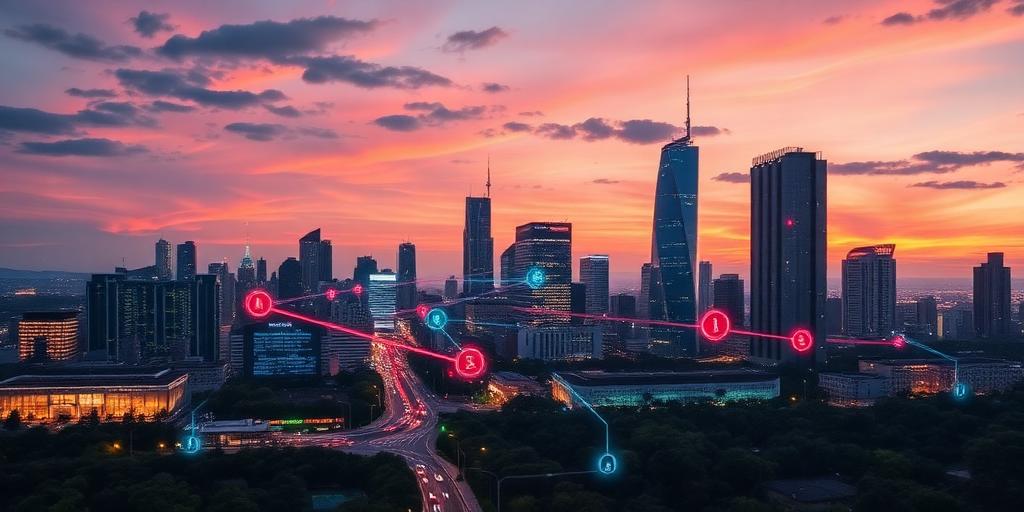The advent of the Internet of Things (IoT) marks a pivotal moment in urban development, fundamentally reshaping how cities operate and evolve. By connecting physical devices, vehicles, home appliances, and other items embedded with electronics, software, sensors, actuators, and network connectivity, IoT facilitates these objects to collect and exchange data. This paradigm shift is not merely about technological advancement; it is about fostering "IoT smart cities" that are more efficient, responsive, and, critically, sustainable.
Optimizing Urban Infrastructure with IoT
One of the most immediate impacts of IoT on urban environments is the optimization of critical infrastructure. Smart sensors embedded within transportation networks provide real-time data on traffic flow, congestion points, and parking availability. This data enables dynamic traffic management systems, which can adjust signal timings to reduce bottlenecks and improve overall mobility. Such "IoT smart infrastructure solutions" not only save commuters time but also significantly decrease vehicle idling, leading to lower fuel consumption and reduced carbon emissions.
Enhancing Resource Management and Sustainability
IoT plays a transformative role in promoting "IoT urban sustainability" through intelligent resource management. Consider waste collection: smart bins equipped with sensors can detect fill levels and transmit data to waste management services, allowing for optimized collection routes. This reduces fuel consumption for sanitation vehicles and minimizes the frequency of pickups, thereby lowering operational costs and environmental impact. Furthermore, smart grids leverage IoT to monitor and manage energy consumption more effectively, enabling real-time demand response and integrating renewable energy sources seamlessly. Intelligent street lighting, which adjusts brightness based on ambient light and pedestrian presence, further contributes to energy savings, exemplifying "sustainable urban development IoT" principles.
Water management also benefits immensely from IoT integration. Sensors can detect leaks in water pipelines, enabling prompt repairs that prevent significant water loss. In public parks and green spaces, smart irrigation systems utilize weather data and soil moisture levels to apply water precisely when and where it is needed, conserving a vital resource.
Elevating Public Safety and Environmental Quality
Beyond efficiency, IoT enhances public safety and environmental quality. Networks of sensors can monitor air quality, detecting pollutants and providing valuable data for public health initiatives and regulatory enforcement. Noise sensors can identify excessive sound levels, helping cities address noise pollution. Furthermore, IoT-enabled surveillance systems, when implemented responsibly, can augment public safety by providing real-time situational awareness for emergency services. These "smart city technology benefits" extend to improved emergency response times and a more secure urban environment for residents.
The Path Forward for Hyper-Connected Urban Ecosystems
While the integration of IoT into urban fabrics presents challenges, particularly concerning data privacy, cybersecurity, and the substantial initial investment, the long-term benefits far outweigh these hurdles. The continuous development of more secure and interoperable IoT platforms, combined with advancements in artificial intelligence for predictive analytics, promises to further refine the capabilities of smart cities. The future envisions hyper-connected urban ecosystems where data flows seamlessly across various domains, enabling proactive governance, personalized public services, and a sustained commitment to environmental stewardship. IoT is not merely a tool; it is the foundational layer upon which the smart, sustainable cities of tomorrow are being built, ensuring a higher quality of life for their inhabitants and a healthier planet.




